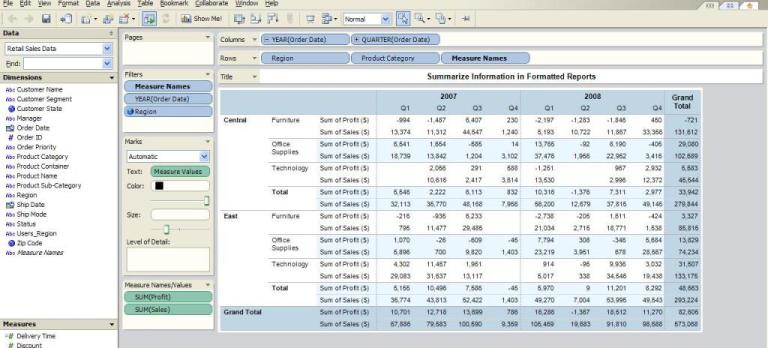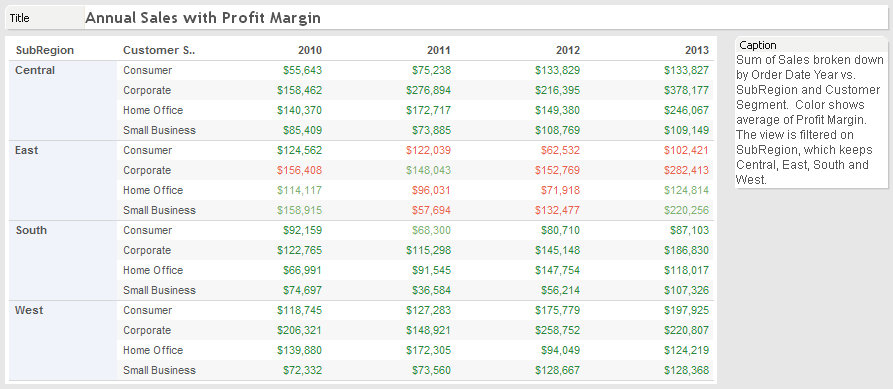

Most people will be familiar with percentile measurements from standardized tests at school – ‘you are in the 90th percentile for math’ a particularly good report card might read. While most Tableau users will already be utilizing table calculations regularly, there are a couple of formulas that are almost criminally underused – percentile and moving average. Just be aware that the fields’ hierarchy is not preserved if they are all unhidden at the same time. Thankfully a simple ‘Hide All Unused Fields’ button can be found by clicking the down arrow in the ‘Data’ tab.While there’s no ‘Unhide All’ button, you can hold down SHIFT or CTRL to select multiple fields to unhide. The size of some datasets can mean that your dashboard quickly gets cluttered with unending lists of fields. Tableau will even suggest a bin size for you based on its analysis of the data. This will offer you the option of creating bins, calculations, parameters and groups. Simply right-click on a measure, then click on the ‘Create’ option. Histograms are incredibly easy to make in Tableau. Unless the men were a basketball team, you can expect that the range between 5’8” and 6’2” to feature the tallest columns. The Y-Axis will then indicate the number of men who fit into each height bracket (the ‘bin’). The histogram’s X-axis might be grouped into the following sections: Take a histogram that shows the height of a group of men. These charts visualize the frequency of data by breaking it up into equally-sized ‘bins’.

While the beauty of a bar graph is in its simplicity, many large datasets are better represented by histograms. Make sense of large datasets with histograms Well, you’re in luck – it’s as simple as holding down CTRL and dragging the desired pill in the ‘Rows’ or ‘Columns’ field right next to itself. Both of these shortcuts will create a dropdown list of possible selections when you begin to type a search query in, making the process even more expedient.ĭo you need to duplicate a field? Perhaps you’re creating a dual-axis chart and require the same field to be represented twice. This will generate a text box, in which you can search for your field or formula. The second is by double clicking in the white space in ‘Rows’ or ‘Columns’. The first is the CTRL + F shortcut, which allows you to instantly search for fields no matter where you are in the visualization process. Thankfully, two Tableau shortcuts can make this process a breeze. Quickly search for field names and formulasīusiness Intelligence datasets can be enormous, and manually searching through the fields and formulae can be a time-consuming task.
#Tableau tabular report how to
Most users employ only a tiny portion of the features available on Tableau, often for no other reason that they don’t realize others exist! So what might you be missing out on as a Tableau user? To help advance your data visualization capabilities, let’s take a look at 8 things you may not know you can do with Tableau, and exactly how to do them.
#Tableau tabular report software
With the depth of features that Tableau now boasts, it’s impossible for a typical user to get their head around every capability that the software offers. Having evolved markedly as a software since its beginnings in 2003, it now offers a level of functionality unmatched by any other product on the market. Tableau has long represented the gold standard for data visualization tools.


 0 kommentar(er)
0 kommentar(er)
